1 instrument introduction The new generation Universal TA multi-function domestic texture analyzer is a professional physical property analysis instrument of Shanghai Tengpu Instrument Technology Co., Ltd. This texture analyzer has the advantages of high stability, high precision, wide application range, easy operation and durability. Suitable for physical analysis in the fields of food, pharmaceutical, agriculture, forestry, animal husbandry, horticulture, cosmetics and materials. This texture analyzer can be used for physical research and teaching applications in research institutes and universities, raw material quality control, formulation research, production process research, quality control and product development. 2 pharmaceutical applications Tablets, pills, capsules, ointments, suppositories, film sponges, sprays, medical excipients, absorbents, thinners, adhesives, syrups, lactose, medical tapes, injection needles, syringes, bandages, membrane materials, Bone replacement materials, medical packaging materials, etc. 3 test indicators Hardness, elasticity, consistency, viscosity, brittleness, viscosity, compressibility, cohesiveness, spreadability, tensile strength, burst strength, shear strength, milky properties, relaxation properties, peel strength, Bloom strength, colloid strength Sealing strength, swelling property, disintegration property, lozenge coating viscosity, bioadhesiveness, powder fluidity, powder cohesiveness, powder agglomeration, and the like. 4 instrument features (1) Instrument test indicators: hardness, brittleness, viscosity, adhesion, elasticity, gel strength, etc. (2) High precision of force sensing element: It adopts advanced linear force sensor. (3) Test wide moving distance: 0.001-370mm, can be highly customized according to customer requirements. (4) Wide detection speed range: 0.01-40mm/s, which can be customized according to customer requirements. (5) Complete supporting probes: more than 400 sets of probes, which can be customized. (6) Test Method Database: A comprehensive and powerful test method database, providing users with a complete set of test methods. (7) Special software: Chinese and English are switched at any time, powerful, and the texture analysis of various food samples is carried out. 5 texture analyzer in the field of medicine (1) Strength test of tablets The strength of the tablet depends on the type and ratio of its excipient and the process of tableting. Sufficient strength ensures that the tablet remains intact during processing (eg, coating, packaging) and shipping without damage. However, excessive strength may also cause the tablet to fail to disintegrate after administration and the drug cannot be released. For controlled release tablets, the controlled release effect is also closely related to the strength of the tablet. The 6mm cylindrical probe (P/6) squeezes the tablet to determine the peak force required for the tablet to break. The instrument can record the change of stress during the crushing process of the tablet. (2) tablet coating viscosity test The coating of the tablet usually adds water-soluble aluminum precipitates (Aluminum Lakes), opacifiers (titanium dioxide), and various inorganic materials (such as iron oxide, lime, silica gel) to improve the appearance characteristics of the tablet ( Such as color and transparency), barrier properties and, in some cases, film formation. Due to the possibility of tablet breakage, edge breakage and peeling of the coating due to these materials. These problems in turn have a significant influence on the release of active ingredients in tablets, especially tablets coated with Enteroin soluble and sustained-release films. The tablet coating viscous test device measures the Adhesion Strength between the coating and the surface of the tablet and can be used to evaluate the quality of the different formulation coatings. (3) Three-point bending test of tablets The device is suitable for testing small diameter samples such as tablets and the like. The sample width tested was up to 80 mm. The device is attached to the test platform. This probe is used to measure the fracture or Brittleness characteristics of the sample. (4) Thin film device The device is used to measure the burst strength of a film-like material. It can be used to test the strength of medical materials such as artificial skin, bandages, tapes, etc. The peak force of the rupture in the experiment is the rupture strength of the sample, and the process value or the formulation is indirectly reflected by the intensity value, thereby adjusting the process or the formulation. (5) Capsule rupture test The usual test for soft capsules is to measure the break point of the capsule and the softness of the colloidal film and capsule during production. It can be evaluated by a 2mm cylindrical probe puncture capsule placed directly below the probe with the capsule's sealing line and the probe at 90 degrees. The peak force required to break the capsule represents the hardness or burst strength of the capsule. The displacement before the rupture of the capsule represents the displacement of the colloidal elastic capsule before the rupture represents the elasticity of the colloid, that is, before the rupture, the short puncture displacement means that the capsule is brittle, and on the contrary, the elasticity of the capsule is better. (6) Suppository hardness test Suppository refers to a solid preparation of a certain shape of a drug and a suitable matrix for administration in a human body. The suppository is solid at normal temperature. After being inserted into the cavity, it can rapidly soften or dissolve in the secretion at body temperature, and gradually release the drug to produce local or systemic effects. The hardness or softening speed of the suppository has a certain influence on the release of the drug, thereby affecting the efficacy. The hardness of the suppository can be measured by puncture through a needle probe. (7) Hardness test of wax Wax is an important ingredient in cosmetics, medicine and personal products such as lipsticks, cough drops, lubricants and the like. The measurement of the hardness of these waxes is an important indicator for determining their effect on the texture of the final product. The hardness of the wax (affected by the melting point) has an important effect on other physical properties. The hardness is used to determine whether the wax is suitable for use in the product to provide hardness, good moldability, or Produces a moisturizing film with a good luster. ASTM's D1321-95 standard test uses a needle probe (paraffin) or ASTM D937-92 (humectant) using a conical probe to measure the hardness or consistency of the sample. Such a test method is very useful for determining the consistency or hardness. The standard method specifies that the sample is to be melted, heated to 82 ° C, poured into a container and then cooled at 25 ° C for 16-18 h. During the test, the physical property tester was held for 5 s at a force of 150 g. At this stage, the change in the puncture displacement was related to the hardness of the sample. When puncture a softer sample, the puncture displacement is larger, and conversely, the puncture displacement is smaller. (8) Pill blister packaging puncture experiment Blister packs, also known as blister packs, PTP packs, are made by placing tablets or capsules in a blister or blister of a hard sheet, and then heat-bonding the sheet to the foil. The blister package also has the characteristics of high barrier property, good sealing performance and excellent hygienic performance, and has become an inseparable part of the pharmaceutical packaging field, and gradually extends to the field of food and health care packaging. It takes a certain amount of force to remove the tablet from the blister, ensuring that the blister is not easily damaged and that the tablet is easily removed from the blister. (9) Puncture force test of injection needle The sharpness of the needle is a very important feature for the comfort of the patient. According to the national standard GB15811-2001, there are certain requirements for the rigidity, toughness and puncture force of the injection needle. The puncture force of the injection needle is mainly evaluated by a puncture force test device which allows the injection needle to pass through the simulated peak force at a prescribed speed and perpendicularly. (10) Needle test of the syringe Needle-catching: The injection can be smoothly taken out through the injection syringe and the injection needle, and the needle-free wall is not blocked. Used to test the injection and extraction forces of a filled syringe. Through testing, the usability of the injection solution is demonstrated, and the manufacturer can optimize the usability and patient comfort while ensuring quality control and product safety. China Extract Powder For Use As Dietary Supplement Extract Powder, Extract Powder Manufacturer Shaanxi Kang New Pharmaceutical co., Ltd. , https://www.apipepdites.com

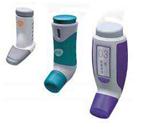

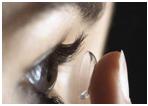
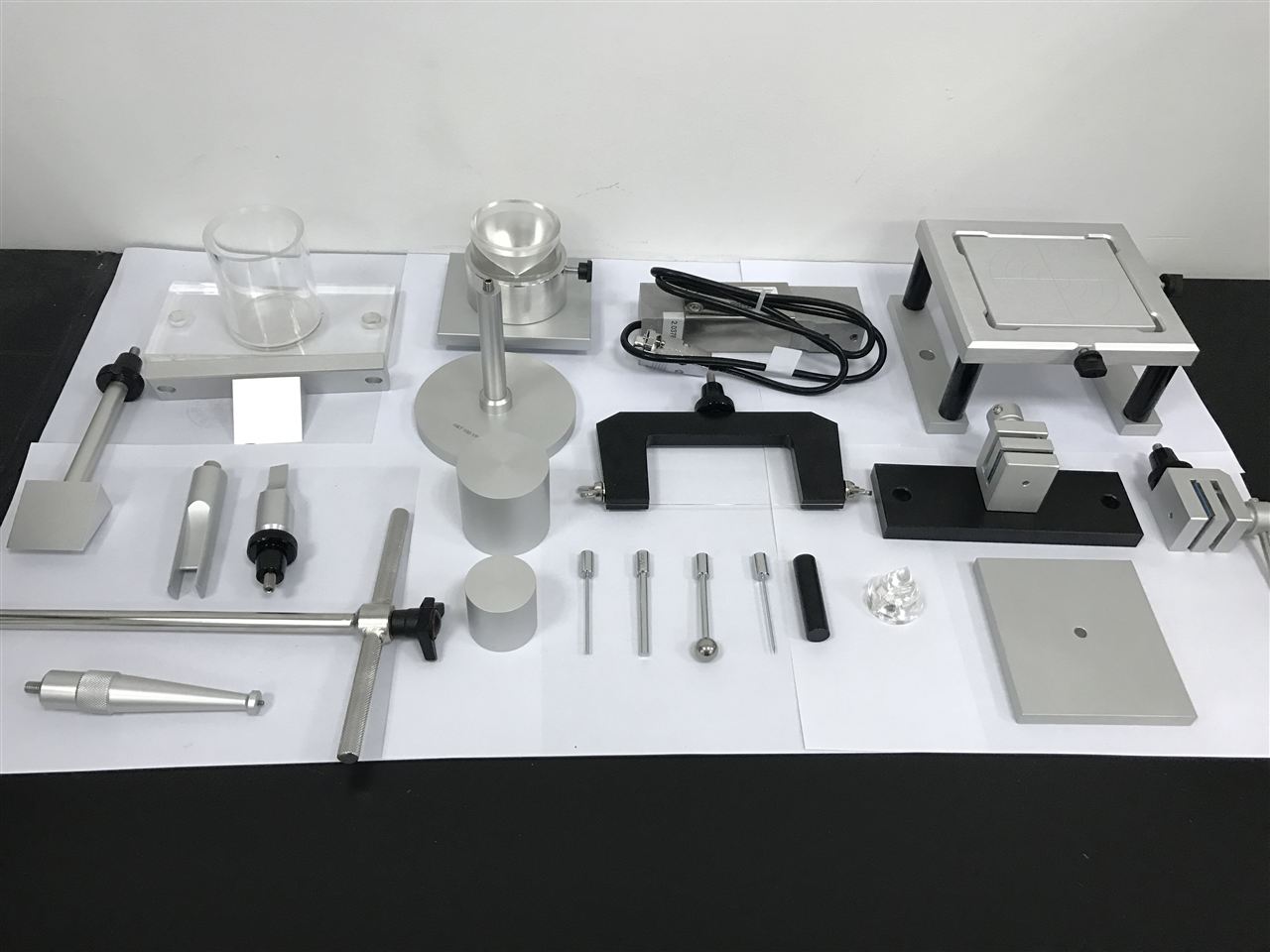

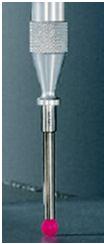
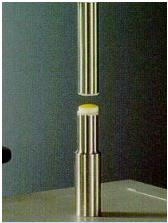
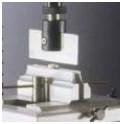
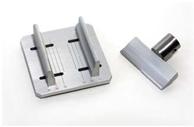
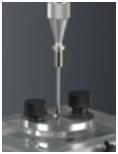
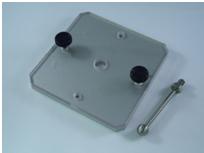
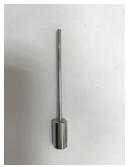
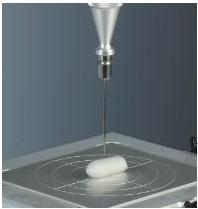
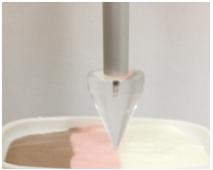
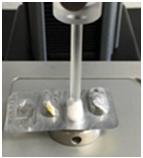

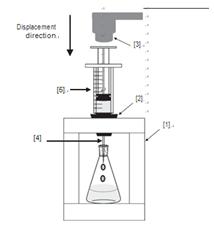
Application of texture analyzer in the pharmaceutical industry
Next Article
Focus: 2014 global medical device patent war
Prev Article
The efficacy and edible method of corn silk